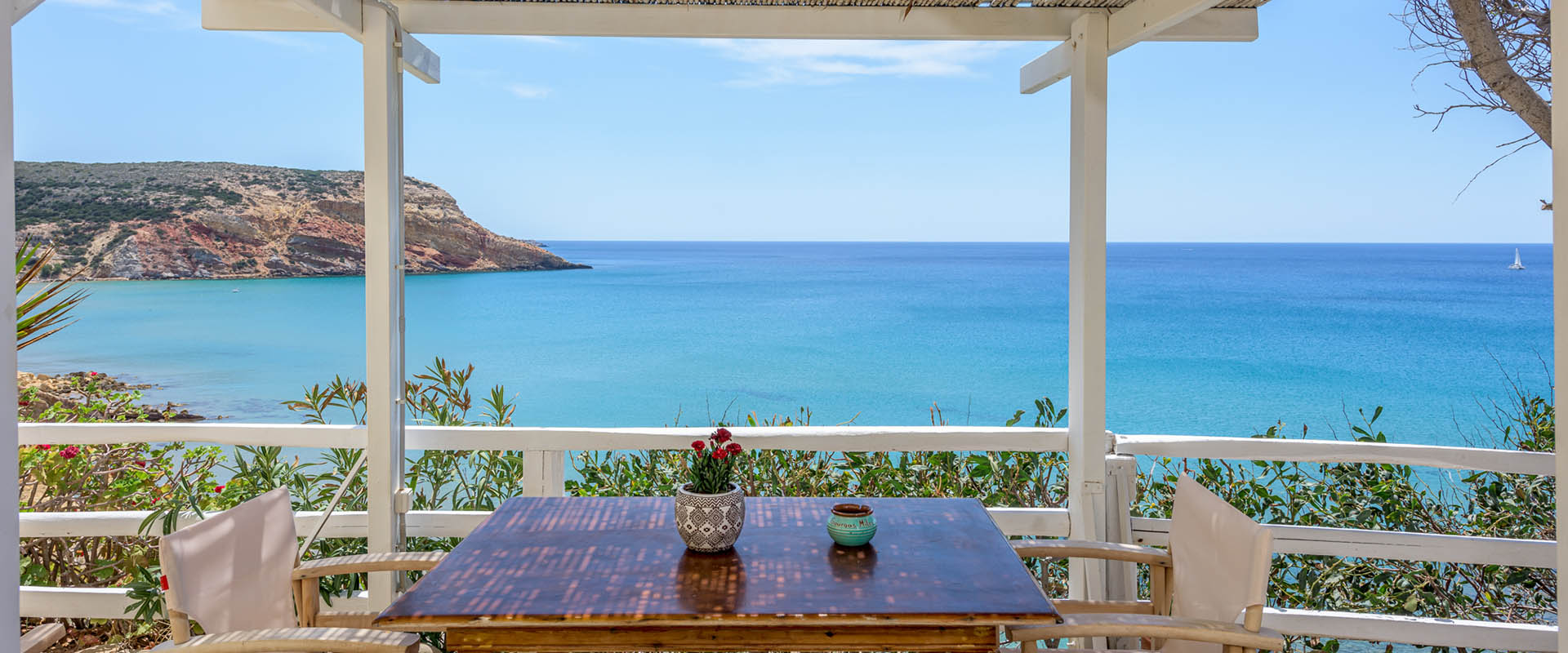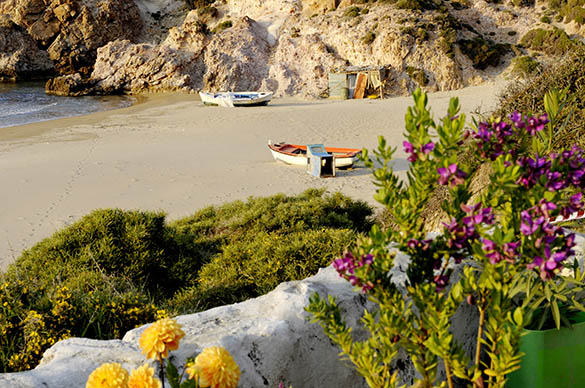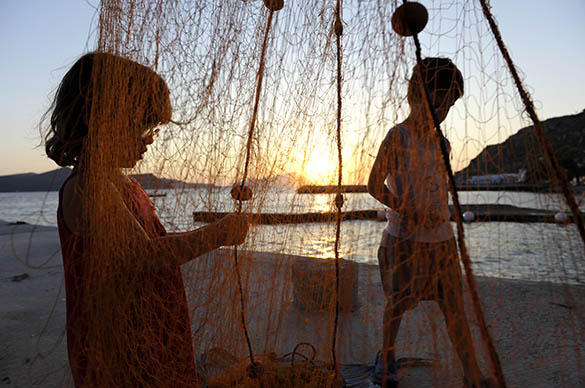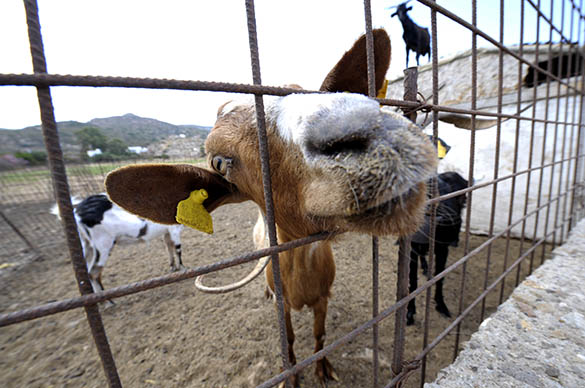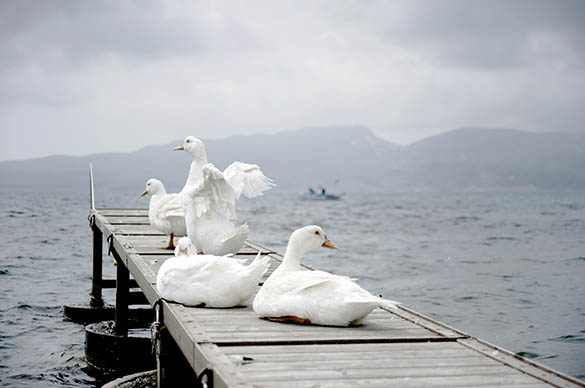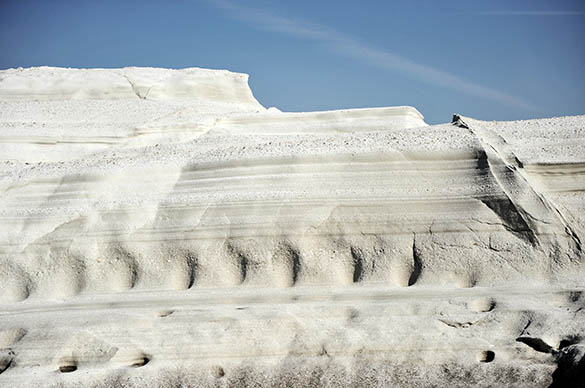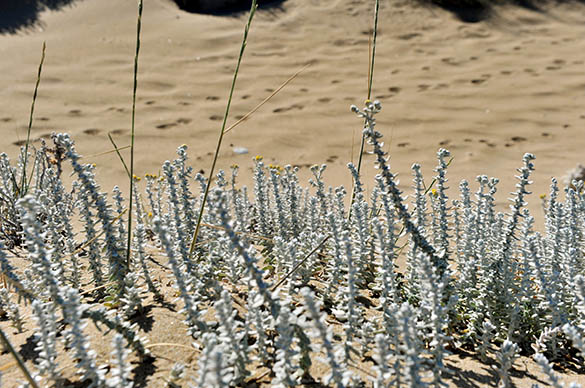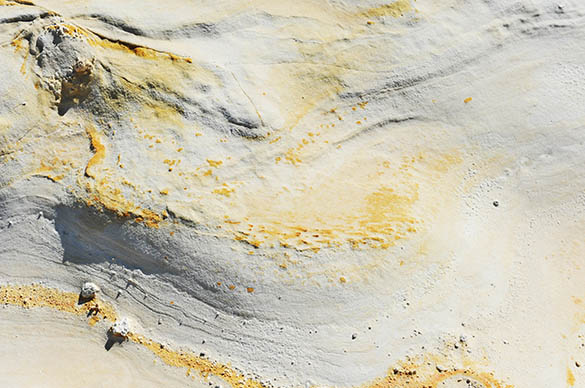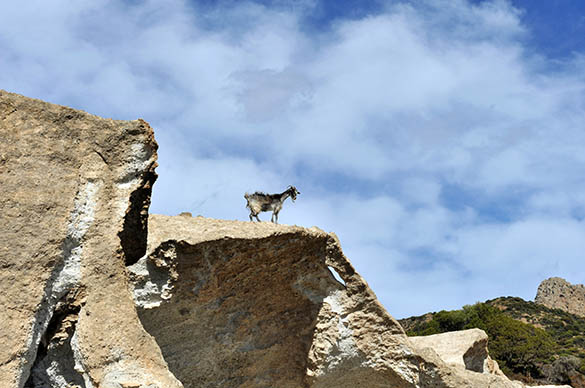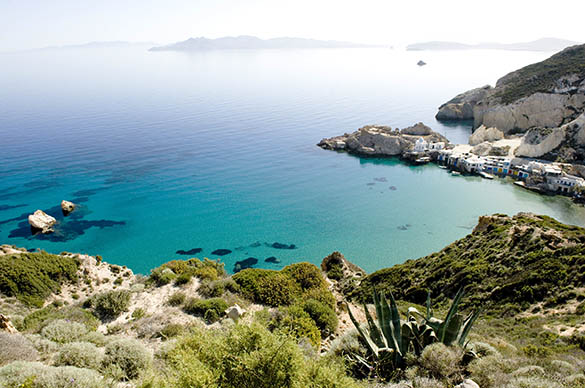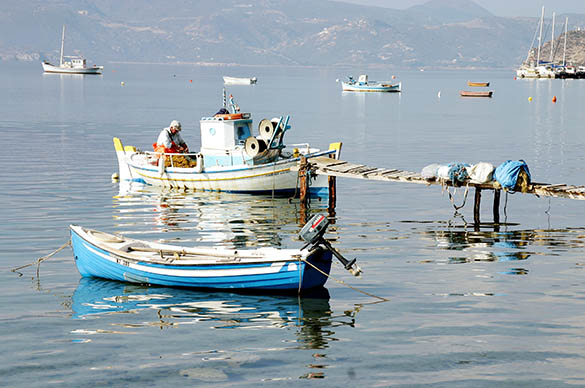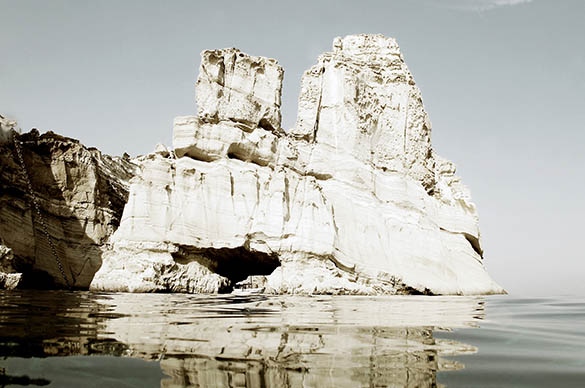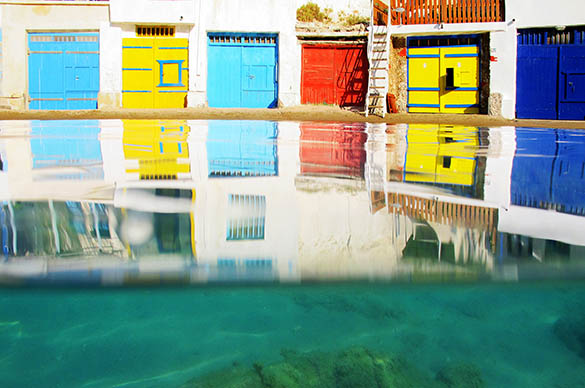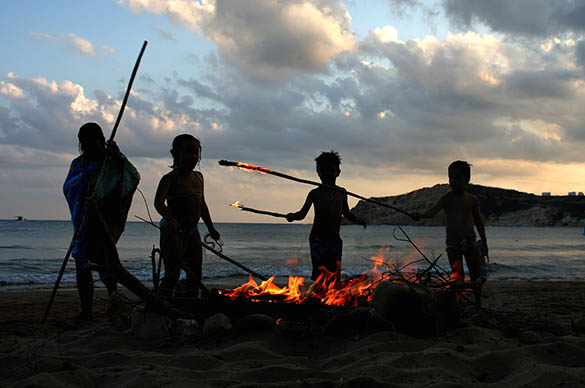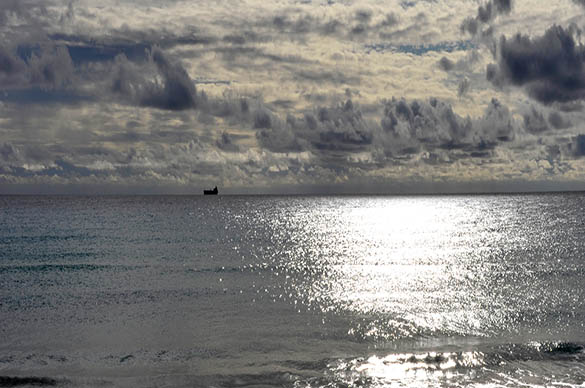Discover Milos Island!
Milos is a volcanic island in the Aegean Sea in Greece, and it is said that the name comes from the word 'Vilos' evolved into 'Milos' and meant 'sheep'.
Inhabited since prehistoric times and has given important mineral wealth: obsidian in prehistoric times, and kaolin pozzolanic in historical times until now and recently bentonite, perlite.
The capital is Plaka. The famous statue of Venus de Milo, which is now in the Louvre (Paris) was found in Milos in 1820 while the copy is in the archaeological museum of Milos in Plaka. To western half of the island the most wild and charming part of the island. Here there are no villages, only few settlements and some old mines. Almost the entire western Milos belongs to the Network Natura 2000.
The south-west side of Milos is habitat of the monk seal and the rest of the western part of the island, is a habitat of the red viper of Milos (Macrovipera schweizeri) and lizard (Podacris milensis).
In the Natura area belongs Achivadolimni which was once full of clams hence its name, and is the largest natural wetland in the Cyclades, an important migratory bird station. It is an active volcanic island and the specificity of this makes it unique landscapes with different kinds of rocks that are the subject of study by scientists from all over the planet.
Inhabited since prehistoric times and has given important mineral wealth: obsidian in prehistoric times, and kaolin pozzolanic in historical times until now and recently bentonite, perlite.
The capital is Plaka. The famous statue of Venus de Milo, which is now in the Louvre (Paris) was found in Milos in 1820 while the copy is in the archaeological museum of Milos in Plaka. To western half of the island the most wild and charming part of the island. Here there are no villages, only few settlements and some old mines. Almost the entire western Milos belongs to the Network Natura 2000.
The south-west side of Milos is habitat of the monk seal and the rest of the western part of the island, is a habitat of the red viper of Milos (Macrovipera schweizeri) and lizard (Podacris milensis).
In the Natura area belongs Achivadolimni which was once full of clams hence its name, and is the largest natural wetland in the Cyclades, an important migratory bird station. It is an active volcanic island and the specificity of this makes it unique landscapes with different kinds of rocks that are the subject of study by scientists from all over the planet.
Milos has many beaches of exceptional beauty. Each beach to be visited during one of the island will see that it is completely different from the other and this is the reason that makes it stand out not only in Cyclades but throughout Greece due to the particular rocks that surround. Many are accessible by land, while others are accessible only by sea.Organize your holidays in Milos and we are sure that you won't regret for your choice!


